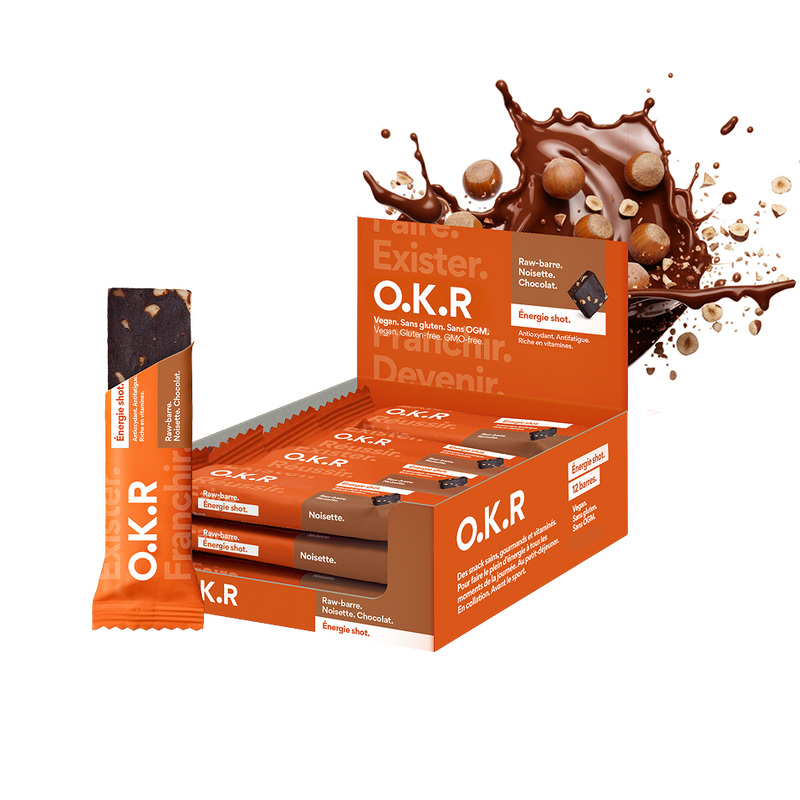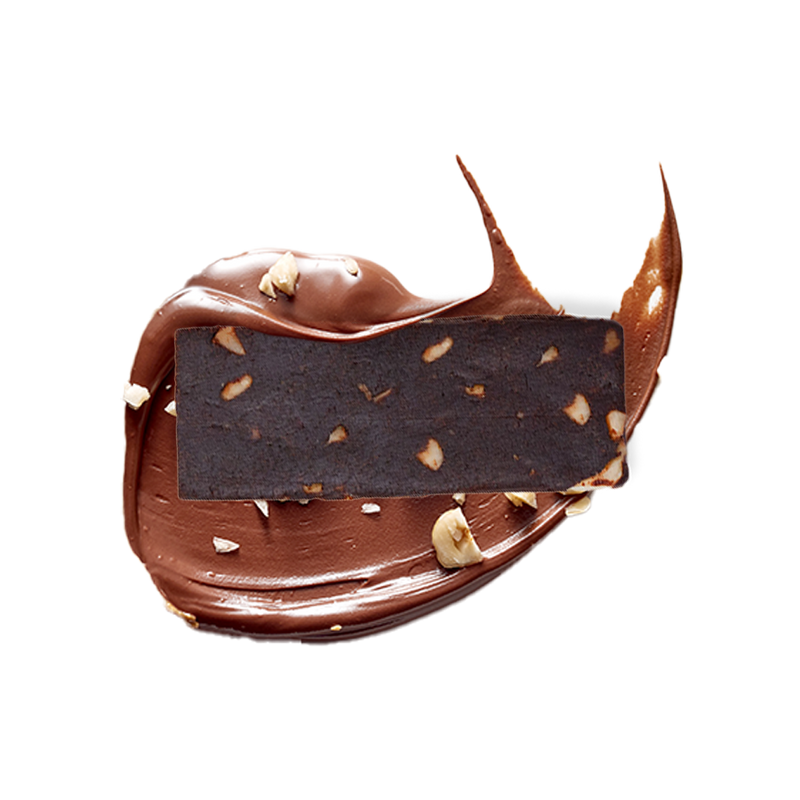More and more diets have become popular in recent years: the vegan diet, intermittent fasting, the vegetarian diet, the ketogenic diet, and the paleo diet, to name a few. It can be difficult to have a clear vision of what each of them represents. While all these diets involve eating differently than we're used to, there is one that promotes a return to the roots of our diet: the Paleolithic diet. But what does this diet consist of? What foods are allowed and prohibited, and above all, is it dangerous for your health in the long term?
What is the Paleolithic diet?
The Paleolithic diet, also known as "paleo," is a diet based on the "hunter-fisher-gatherer" principle. That is, it consists of eating only foods that humans living during the Paleolithic era would have been able to consume. The goal of this diet is to adopt the diet of our ancestors to, in theory, respect the physiological needs of our bodies and help them function optimally. According to Paleo diet followers, our genes have not evolved since the Paleolithic period, and our bodies therefore need as "raw" a diet as possible. In this context, they advocate avoiding foods that require minimal processing from agriculture and the food industry.
Foods allowed on the paleo diet.
The Paleolithic diet is based primarily on animal products and the consumption of fruits and vegetables.
The permitted foods are:
- preferably lean meats from grass-fed animals
- fish and seafood
- the eggs
- fruits and vegetables
- nuts
- the berries
- unprocessed vegetable oils
It is specified that the animals must be grass-fed because the presence of cereals in their diet would mean that humans also consume them indirectly, which is not acceptable in this diet. Indeed, cereals are said to be too inflammatory and the increase in blood sugar due to their consumption would be too significant. In addition, the muscle tissue of animals fed on grass would be richer in omega-3 than that of animals consuming cereals, whose flesh would contain mainly omega-6.
Foods prohibited on the paleo diet.
Prohibited foods are all those that come from the control of agriculture as well as the agri-food industry, that is to say:
- cereals
- legumes
- vegetable oils
- dairy products
- processed products
- alcohol and coffee
- refined sugars
The paleo diet is therefore a naturally gluten-free diet.
The benefits of the paleo diet.
With the Paleo diet, a large portion of your diet is devoted to fruits and vegetables. However, these are essential for good health. From a health perspective, the Paleo diet may play a role in preventing several diseases such as cardiovascular disease (the result of a diet too rich in omega-3 and cold-pressed vegetable oils), as well as obesity and diabetes. Adopting this diet may also alleviate certain autoimmune diseases such as celiac disease or rheumatoid arthritis. In addition, following the principles of the Paleo diet may, according to users, help with easier weight loss, a reduction in body fat, as well as better physical and intellectual performance and increased energy. However, no studies have demonstrated these benefits; these are only testimonials from people following this diet.
The disadvantages of the paleo diet.
The primary drawback of this diet is social isolation. It's very difficult to follow such a diet in today's society. Furthermore, the Paleo diet can be deficient or low in certain vitamins and minerals, such as vitamin D and calcium. You could therefore suffer from nutritional deficiencies if you don't follow adequate supplementation. Insufficient intake of these two elements can, for example, lead to osteoporosis in adults. OKR products contain vitamins and minerals such as vitamin D and calcium.
It's also important to note that our current knowledge of the prehistoric environment and diet is incomplete. It's therefore impossible to guarantee that adopting the Paleo diet today is exactly the same as when our ancestors ate. Growing children and adolescents are strongly advised not to follow such a restrictive diet. It could have harmful and irreversible effects on their health.
Common questions related to the Paleo diet.
Are there any risks to adopting the paleo diet?
Before following any diet, you should educate yourself and talk to a healthcare professional such as a dietitian or your general practitioner. When you follow a diet that advocates the exclusion of a certain food group, you must be aware of the deficiencies that this can cause and adapt accordingly by taking the appropriate supplements. What's more, the paleo diet is particularly restrictive, which can lead to frustration. Furthermore, several studies have shown that there are health risks associated with excessive consumption of animal products such as red meat.
Is the Paleo diet suitable for athletes?
According to followers of this diet, it could be suitable for sports. Indeed, thanks to a reduction in recovery time and a perceived increase in energy, the paleo diet would be perfectly suited to the lifestyle of athletes. Although these elements are based on the feelings of practitioners of this diet, it is scientifically proven that the paleo diet is rich in omega 3. This aspect is truly beneficial for athletes because omega 3 helps limit inflammation.
However, the drastic reduction in carbohydrate intake associated with the paleo diet could be contradictory with intense and/or medium to long-term physical activity.
Is weight loss possible with the paleo diet?
It's important to remember that weight loss is possible regardless of the diet you follow. The important thing is to be in a calorie deficit. That being said, the Paleo diet could facilitate weight loss because it requires giving up starchy foods and consuming more fiber and protein. The latter are nutrients that provide you with a quick and lasting feeling. Regarding nuts, they can be very high in energy, which can be a hindrance to weight loss if you consume them in excess. It's all a question of quantity. Be careful, if you suddenly stop following this diet, it's possible that you'll regain the weight you lost, this is called the yo-yo effect.
In summary.
The Paleolithic diet is:
- lots of animal protein
- omega 3 and omega 9
- no complex carbohydrates (in this respect, it is similar to the “low carb” diet)
- fibers that come exclusively from fruits and vegetables.
It is advisable to seek advice from your doctor before following such a restrictive diet and to be medically monitored to avoid any nutritional deficiencies.













